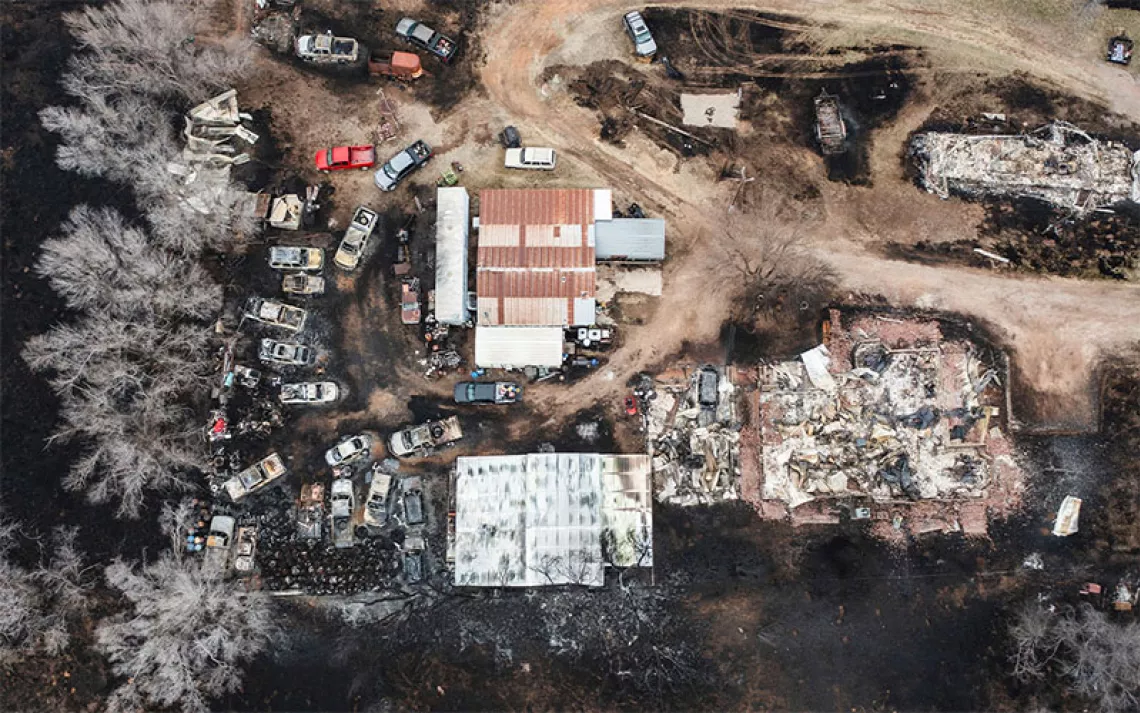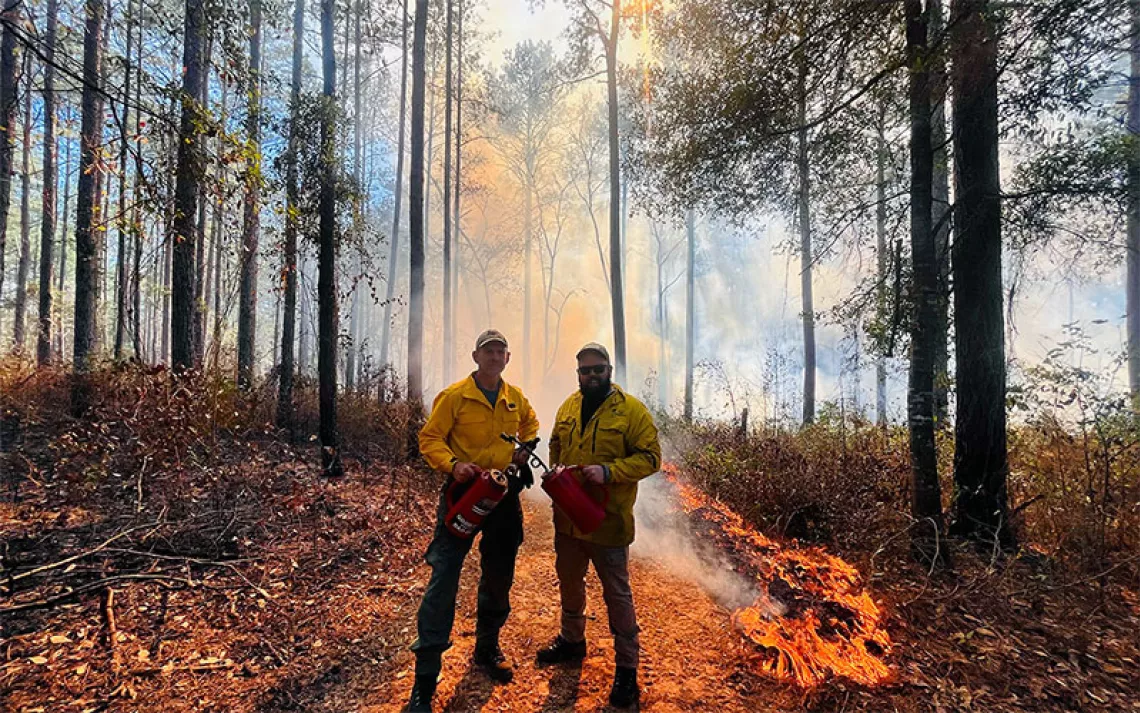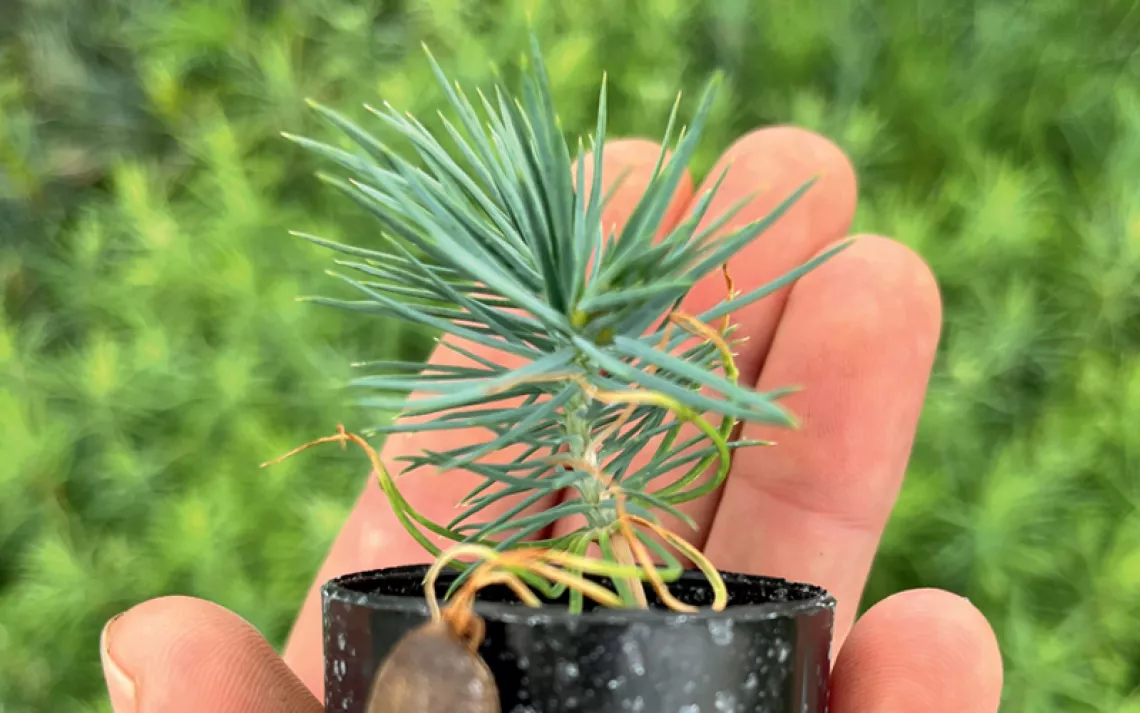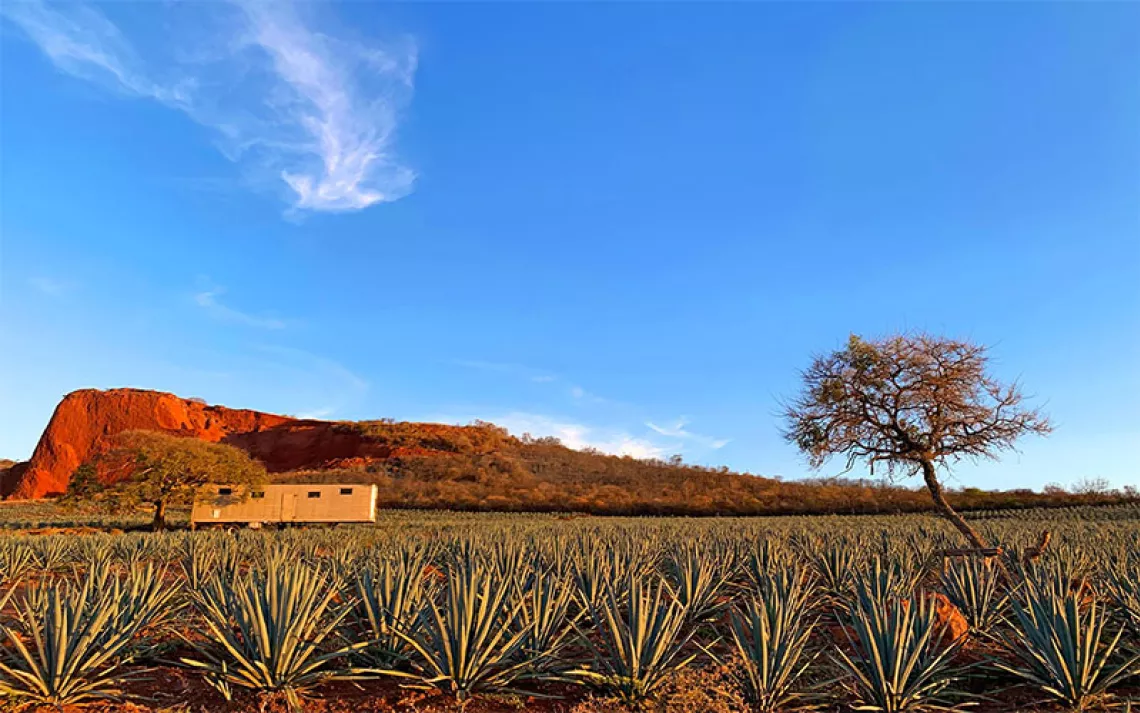Reviving an Ancient Solution to California’s Wildfire Problem
When fire is used to restore meadows in the Sierra, water flows
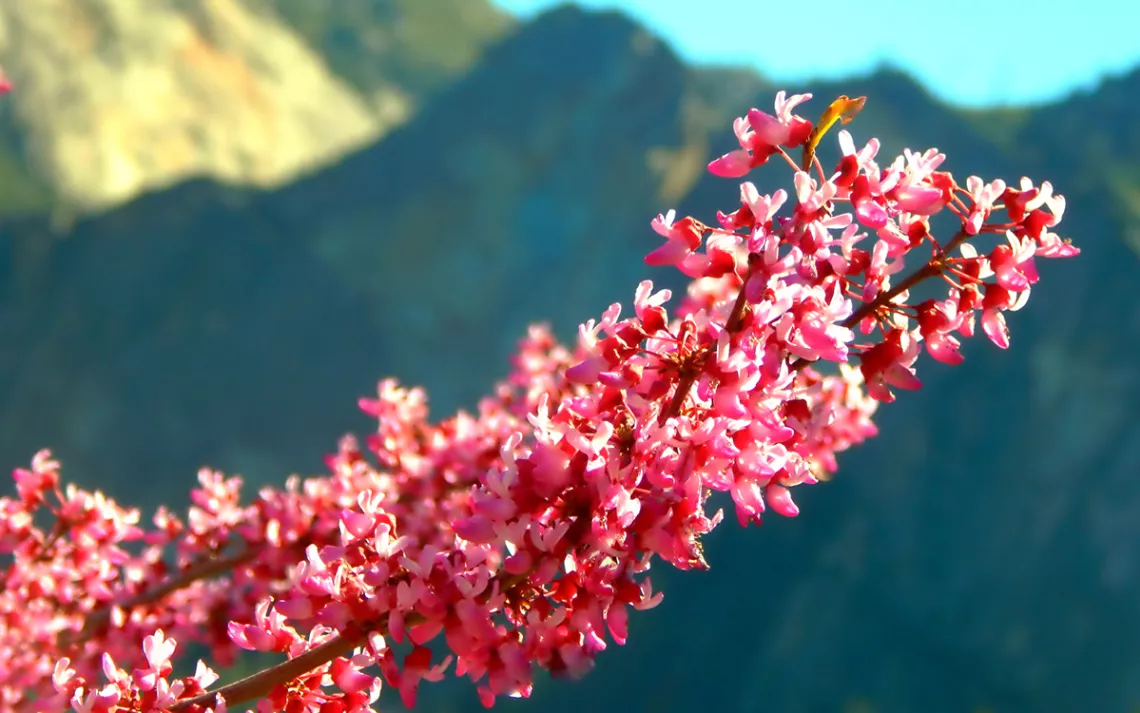
Photo by Nate1117/iStock
Ron Goode couldn’t light the campfire. It was just before six o’clock in the morning and his knees creaked as he moved around a pile of smoking and sputtering logs, trying to reposition them for maximum airflow. Goode is a large man with a gruff voice and kind face that looks as if it’s been shaped in clay. “Damn,” he said, falling back into his chair and looking out over the firepit. His view was partially blocked by an oak tree that had fallen during a winter storm, but beyond, the furry Sierra Nevada foothills were silhouetted against the dim dawn sky.
Although the elevation was only about 2,000 feet, there was no question we were in the mountains. Lying in our tents the night before, we fell asleep to a chorus of Sierran tree frogs, interrupted occasionally by the chuckling of a screech owl and the distant howls of a pack of coyotes. And the cold. At one point, the temperature dropped below 20°F. Goode finally gave up on sleep after he woke shivering for something like the sixth time to find that three of his four blankets had fallen off. He pulled himself out of his tent to seek warmth from a more ancient source.
Goode is the chairman of the North Fork Mono Tribe of California Indians. Since 2003, the North Fork Mono have been using prescribed fire to restore a handful of meadows south of Yosemite National Park. Their ultimate goal is to restore cultural plants, such as deergrass, which is used to weave ornate baskets but has become rare. Last fall, Goode signed a master plan with the US Forest Service that will let the tribe burn on the same land their ancestors once did. The partnership is uncommon—few California Indian tribes have access to their ancestral lands—but it might serve as a model for those seeking solutions to some of California’s biggest environmental problems.
On this cold morning in late February, Goode wasn’t thinking about the nitty-gritty language of master plans or the ecological consequences of his cultural endeavor. He was having enough trouble getting the cooking fire started. By the time he finally got it going, the sun had risen over the foothills and the once inert air had woken. A warm breeze moved out of the West. Goode used his cane to shift a few logs, and then brightened: “There we go.” He put on a pot of coffee to percolate. The caffeine would be necessary; this was only the first fire that needed to be built that day.
At nine o’clock, Goode gathered his volunteers—almost two dozen tribal members, students, friends, and family—in a circle and began to recite a Mono renewal song, hoping the Creator would bless them and the landscape with new life, new growth. The words in traditional Mono songs have no true translation. Rather, it’s their form and sound, fixed in a time and place, that convey meaning. Like fire, they take their character from their context. Goode shut his eyes. His song began with several quick raps of an elderberry hand clapper. It was slow at first—the same melodic verse over and over again: “Tiwi a pu naa qwee qwee noo ku / Tiwi a pu naa qwee qwee noo ku.” After the 12th verse, Goode’s voice rose and cracked. “Ta ma naa qway a qwee qwee noo kugee.” The song ended with a series of shouts and grunts and was replaced by the sound of the campfire popping in the wind.
The area where Goode was burning that day was part of a larger property, 400 acres of oak woodland and open meadow straddling the rocky banks of Mariposa Creek, which had been in Goode’s wife’s family for generations. A designated archaeological site, it was once an Indian village, home to more than 600 people, who gathered the young and pliant sticks of redbud and sourberry for basket weaving not far from where we stood. They pounded acorns into flour using pestles carved into slabs of bedrock along the banks of the creek. And for thousands of years, they managed the area with fire. “Fire should be something, from a natural point of view, that’s healthy,” Goode said. “It’s a tool to revitalize the land.”
Goode reached for his cane and headed up a clearing. He didn’t get far before a woman approached and began talking to him about a pair of redbud bushes, all but the uppermost branches of which were dry and caked with lichen. “My grandmother would never let it look like this,” she said. Her name was Lois Conner Bohna. Regal, with long silver hair and oval wire-rimmed glasses, Bohna is a member of the North Fork Mono Tribe and a master basket weaver. She was out that day gathering redbud shoots so she could finish a baby carrier.
Traditionally, redbud is gathered in winter when it has no buds. Almost immediately, the shoots need to be stripped of their bark and split into strings. To make a basket, the threads of redbud are coiled or twined, along with other natural materials, into ornate patterns: zigzags or diamonds for girls, straight lines or arrows for boys. One of Bohna’s pieces, a 32-inch gambling tray woven of deergrass, sedge root, redbud, and bracken fern, took 11 months to finish. It was acquired by the Dallas Museum of Art in 2017. To meet Bohna’s exacting standards, redbud shoots need to be long and straight and have no forks—qualities that on this day she was having a hard time finding. “The only way to get redbud like that is to burn it,” Bohna said.
For at least 12,000 years, California Indians burned. They burned in the Central Valley, promoting the growth of tubers and grasses. They burned in the mountains, expanding the size of meadows that would provide plants for basket weaving and attract game for hunting. The fire cleaned up the understory, making it easier to forage and travel. In their journals, early European visitors to the state—from Spanish explorers to John Muir—described a landscape that looked wildly different from the one we know today: for one thing, there were fewer trees. “To quote my Aunt Rosalie,” Bohna said, “the country was so open, you couldn’t find a place to pee.”
But a history of forced removal and genocide, followed by nearly a hundred years of mismanagement by federal agencies that viewed fire as a danger to be snuffed out, has left that landscape overgrown. Now, a warming climate is drying out the Sierra Nevada, compounding the risk of catastrophic wildfires. The same forces that have made it more difficult for Bohna to find good redbud have turned the Sierra Nevada into a tinderbox. Without fire to push it back, Ponderosa pine has moved into the meadows, shading out the important cultural plants on which weavers like Bohna rely. And without hands to tend it, the redbud has grown gnarled and brittle.
“Redbud is fussy,” Bohna said. It needs enough space to grow freely, yet enough shade that it’s forced to reach high for sunlight. Almost one year ago to the day, Goode had burned such an area, a transitional zone between a clearing and the forest, on the other side of the creek. It was there that Bohna found what she was looking for. She left with a large bundle of long, straight redbud shoots under her arm.
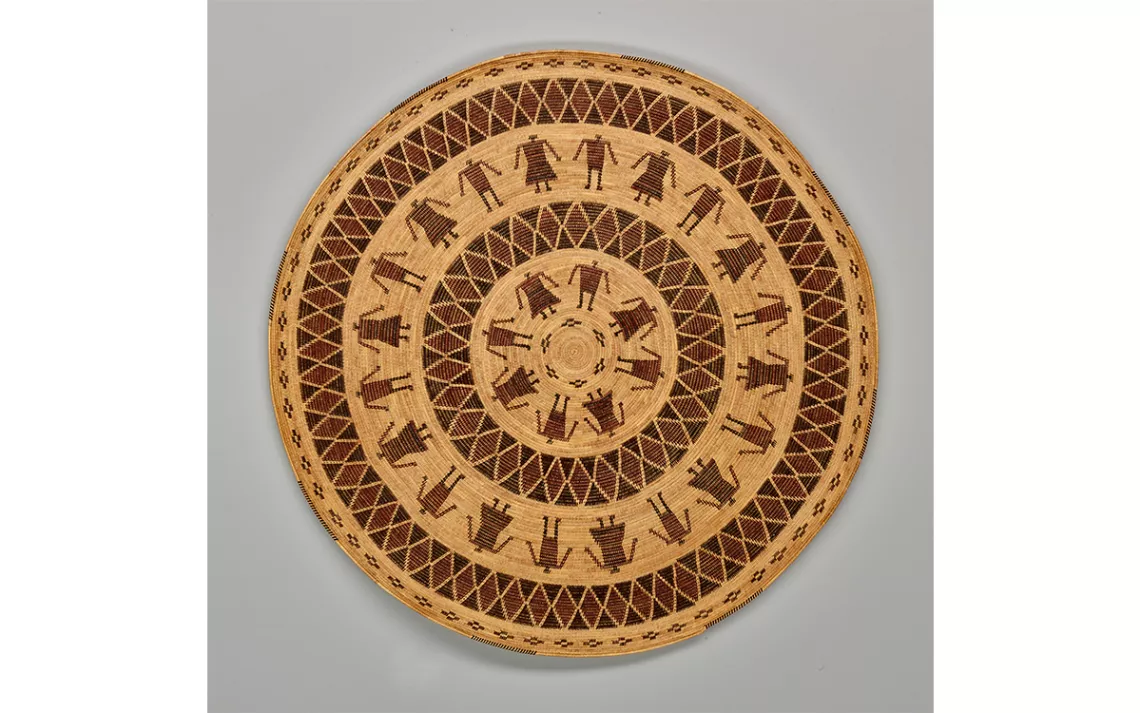
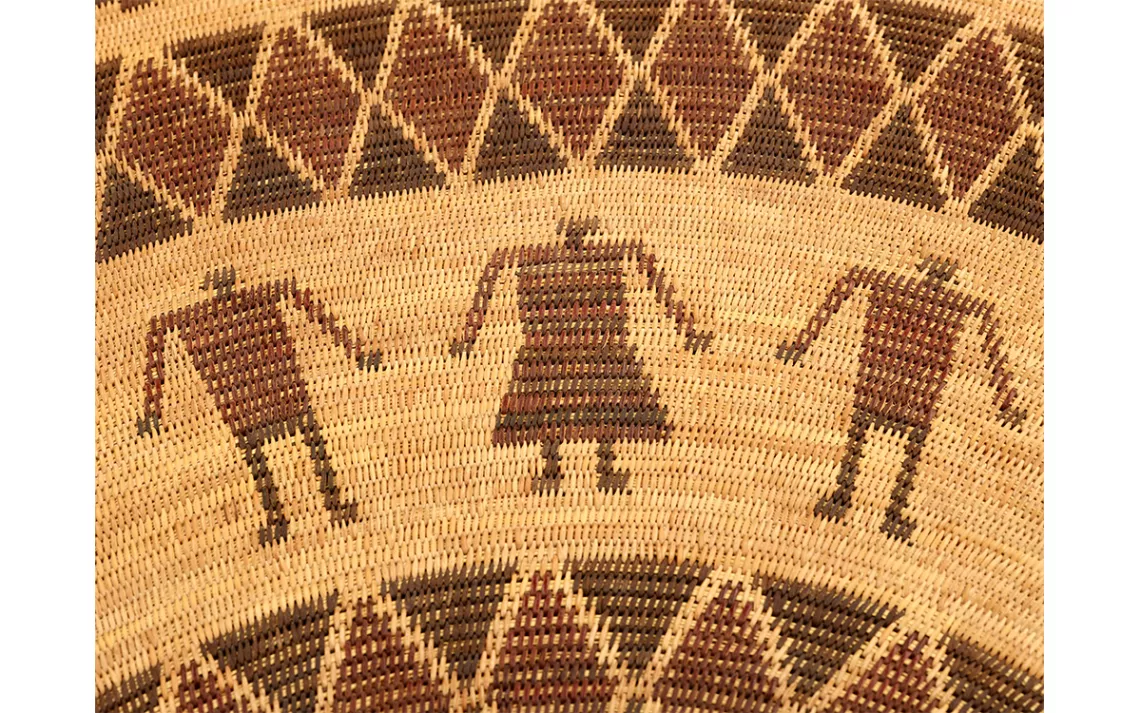
A gambling tray, woven of deergrass, sedge root, redbud, and bracken fern, took Bohna almost a year to complete | Photo courtesy of the Dallas Museum of Art
Less than 30 miles from Goode’s property as the crow flies, in the southernmost part of Yosemite, lies the Illilouette Creek Basin, a 40,000-acre patchwork of meadows, wetlands, and forest. In the mid-1870s, the National Park Service adopted a policy of fire suppression and, over the next 100 years, extinguished about 80 fires in the basin. Although NPS overturned its policy in 1972, suppression is still the norm across most of California, and the basin is now one of just two wilderness areas in the state where natural wildfires are allowed to burn. This makes it a living laboratory for scientists who are studying how fire suppression has impacted the land.
After a series of wildfires ripped through the Illilouette basin in the early 2000s, Scott Stephens, a fire scientist at the University of California, Berkeley, visited some of his research plots and was shocked to find that where he had once stood under the canopy of dense forest, his boots were now sucking into wetland. Somehow, the fires had changed the basin’s hydrology. In 2012, Stephens partnered with a team of environmental engineers to find out how.
The answer they found was simple: “The fire thinned out the trees, and trees use a lot of water,” said Gabrielle Boisramé, one of the PhD candidates who helped lead the project and coauthored the report on the team’s findings. “So there’s more water left to flow into the streams and soak into the meadows.”
For three years, Boisramé, who is now a postdoctoral fellow at the Desert Research Institute in Reno, Nevada, made several weeklong backpacking trips into the basin. She spent days trudging through the forest and sticking a probe into the dirt to measure the soil moisture. After collecting more than 6,000 measurements, she found some meadows appear to hold up to four times as much water as they did when they were forested.
Historically, the Illilouette Creek Basin burned every eight to 15 years, according to Stephens’sresearch. Since fire was reintroduced to the basin, nearly 20 percent of the forest has been replaced by meadows. “It’s not like everything would turn into a meadow,” Boisramé said. “But there would definitely be more meadows if there hadn’t been fire suppression.”
Boisramé said her research corroborates something tribes have known for a long time: There’s an intimate relationship between fire and water. During the drought of 2014 and 2015, fewer trees died in the Illilouette Creek Basin than in similar parts of the Sierra where fire had been suppressed. Fewer dead trees and more water means the landscape is more resilient to wildfire. Goode said restoring meadows high in the Sierra Nevada, particularly through burning, leads to a healthier landscape. “What we’re experiencing in California today—raging wildfires burning 150,000 acres—is because the land is not healthy,” Goode said.
A “cultural burn,” as Goode calls it, differs from its more clinical cousin, the prescribed burn, in a few ways. Timing is one. Prescribed burns are almost always lit on a morning in autumn, after the vegetation has been baked by the summer sun, but when the humidity is high. Goode’s cultural burn permit gives him permission to burn on any day he wants from January to June, when the winter rains make it nearly impossible for a fire to escape.
More important is what is being burned. In a prescribed burn, management agencies are only concerned with reducing fuel—and in a forest, everything is fuel, be it poison oak or redbud. A cultural burn is deliberate. It’s the act of choosing what to keep and what to let go. (In the morning, after his renewal song, Goode walked the property and made his choices: the two redbud bushes, a patch of sourberry, the large oak that had fallen during a winter storm.) From a wildfire-management perspective, the result of both burns is the same: A landscape that looks healthy to Goode will look healthy to the US Forest Service. The same can’t always be said for the other way around.
Cultural burns also tend to be way more fun: Picture several of the largest bonfires you have ever seen burning at once. By midday of Goode’s burn, there were two: a group of volunteers cut, piled, and lit the big redbud bushes. Another group had done the same to a patch of sourberry. Everybody sat around the roaring fires and ate their lunches. The camaraderie was part of what Goode wanted to see. “This is not just about renewing the land,” he said, “but ourselves.”
In another clearing, Goode’s nephew, Jesse Valdez, grabbed a chainsaw and began working on the fallen live oak. First, he lopped off the branches. A group of volunteers dragged them and threw them onto the redbud fire. Then, he began working on the big trunk, carving neat slices, exposing its age rings. Before they could be counted, these, too, were tossed onto the fire.
The volunteers worked faster than Valdez could saw. They waited around the downed oak like a pack of wolves. Every time the chainsaw lopped off another lump of wood, they descended, grabbing it from the dirt and tossing it into the flames. They fed the fire like this until their forearms were scraped and their faces covered with soot. The fire consumed it all, leaving a fresh patch of white ash where the oak once rested. The next day, the ash would be mixed with soil and water and raked over the ground, providing a fertilizer for new life, new growth. Ash fell through the air like snow.
 The Magazine of The Sierra Club
The Magazine of The Sierra Club
